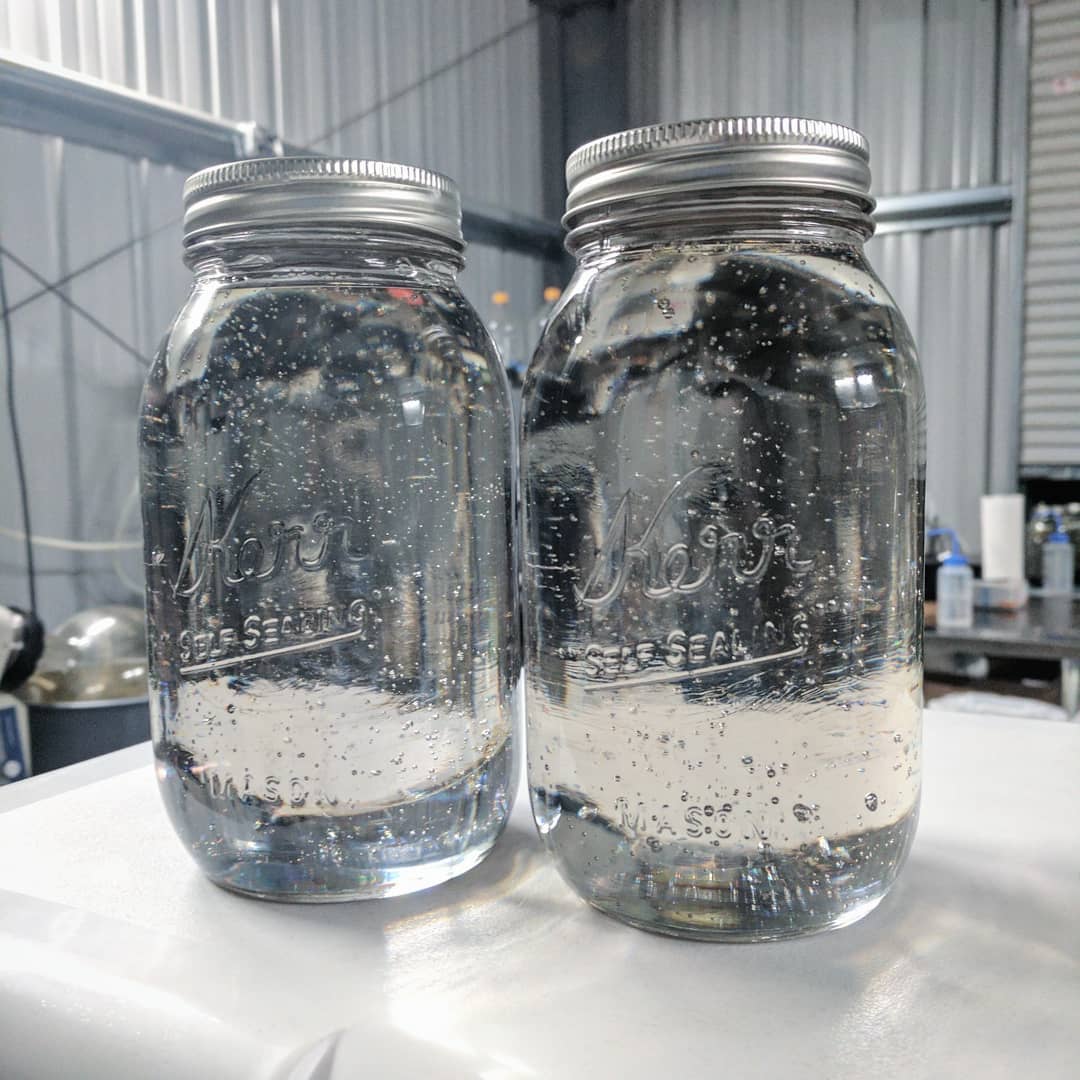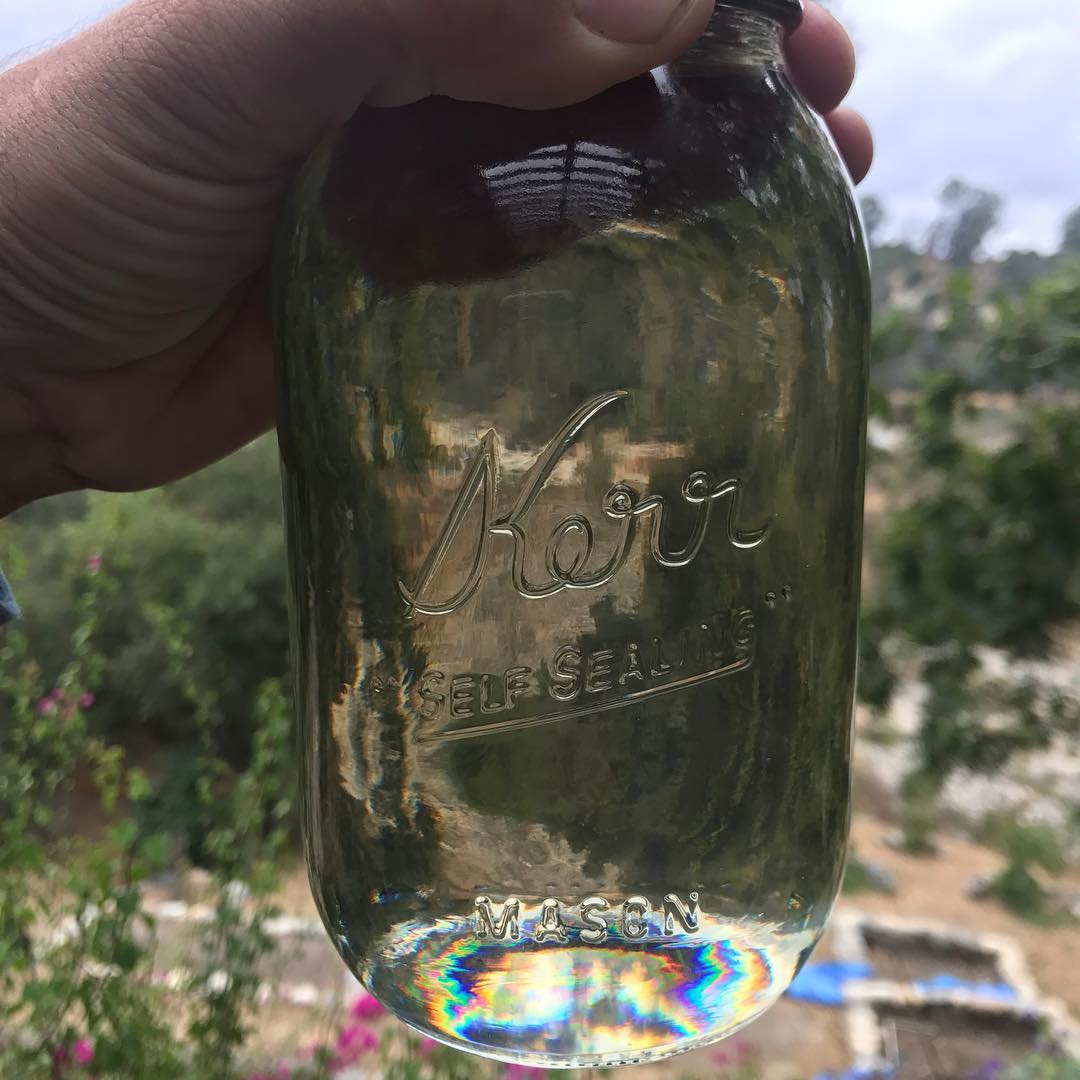Hey Franz!
Below are some helpful best practices when using CBleach as a adsorbent and co-distill-ant in @LabSociety SPD’s or @BR-Instrument “cauldron style” distillation systems.
Note:
The exact amount of isomerization varies from batch to batch and depends on multiple factors. it would be hard to achieve full conversion to THC∆8 unless starting with a highly refined compound (For example in my experience, CBD Isolate is a great pre-cursor to extremely potent THC∆8). We are currently working on a new formula called ColumboBleach-Light or CLite for short to convert 99.7 CBD Isolate into ∆8 at 97%+ Conversion. It is not a complex process but requires tight tolerances including the use of N2. For what you will most likely want to do, there is a much simpler way.
Definitely start with either highly refined crude (Water-washed, Enzymes, Winterized, Scrubbed with Carbon or Clay, and ran through MagSil) or some regular first pass distillate.
In our incubator, we usually run our Tails/Reclaim with a liberal amount of CBleach in the flask (5-10%). Our batch size would be approx 7-12L and we would wet-load some pre-dried CBleach in amounts between 500g and 1.5kg into hot material (85C or so)
If you are doing a 1000g first pass run, warm your material up to 80C and slowly add between 30g – 100g of CBleach and mix with overhead stirrer or magnetic while slowly bringing the heat up-to 140C. If the solution muffins, allow it to settle, continue to stir until there is no boil present. Pour into the Boiling flask and allow to cool to 100C while you put your system together.
The key to a successful Distillation of ∆8 using CBleach is how to spot azulene and when to swap flasks to collect main body. You need to be patient and watch the vapor temperature instruments very carefully while modulating vacuum depth and agitation rpm via stir-bar.
Make sure you are using the @LabSociety digital temperature monitors as they will provide you with the clear picture of what’s being distilled as well as integrate into the #elitelab system (Ask Mike to be part of the beta testing.) Having a few vacuum instruments wouldn’t hurt either – I usually run with one at the head for the “in-system” vac depth as well as one directly on the vacuum pump to monitor ultimate vacuum potential:
https://labsociety.com/lab-equipment/vapor-temperature-monitoring-kit/
You can ramp up to about 140C on the mantle pretty much right away provided you degas your concoction (80C – 120C under vac depth in-system about 500 mtorr). Azulene will start to happen between 135-147C vapor temps, it will continue to turn distillate green/blue all the way 151 – 157C vapor. Its important to pull out all of the azulene prior to switching flasks otherwise you will have blue or green disty that smells like boof.
Recently in collaboration with other friends in the industry, we started to rep the recent @labsociety full-bore kits. The vacuum depth and speed of degas which you can achieve with a full-bore system will outmatch any GL fitted system with comparable vac pump. Conversion kits can be found here:
https://labsociety.com/lab-equipment/full-bore/
https://labsociety.com/lab-equipment/condenser-kit/
Its also helpful to Burp your azulene fraction. What this means:
Once your no longer see any blue in your condenser and vapor temps are steadily dropping from approx. 149C - increase your stir bar rpm by 5-10% RPM until at maximum. Give each change in parameters 5-10 minutes to produce an effect in the system before ramping up temps or RPM’s. You will at some point “Pop” your THC fraction (Usually at 155-158C vapor at approx 150 mtorr in-system.) Once you feel comfortable that all the blue has stopped, shut off RPMs + Heat and proceed to drop Vapor temps 40% before re-engaging the stir-bar to MAX.) If you no longer see blue once the vapor temps climb once again past the 147C point, you are in the clear (literally).
I usually like to stay under 175C vapor while collecting my main body which allows me a 500ml/hour flow-rate on a 12L Mantle set to 185C with a top jacket;
https://labsociety.com/lab-equipment/heating-mantle-system-top/
The best I’ve ever made was about a year ago – we started with some really nice BHO material which was extracted properly with fresh trim. We took our time degumming and winterizing. The second pass had 10% cBleach in the flask and we produced this:
Sadly, we never got batch results back for this run, but it didn’t oxidize even after 3 months of storage!

